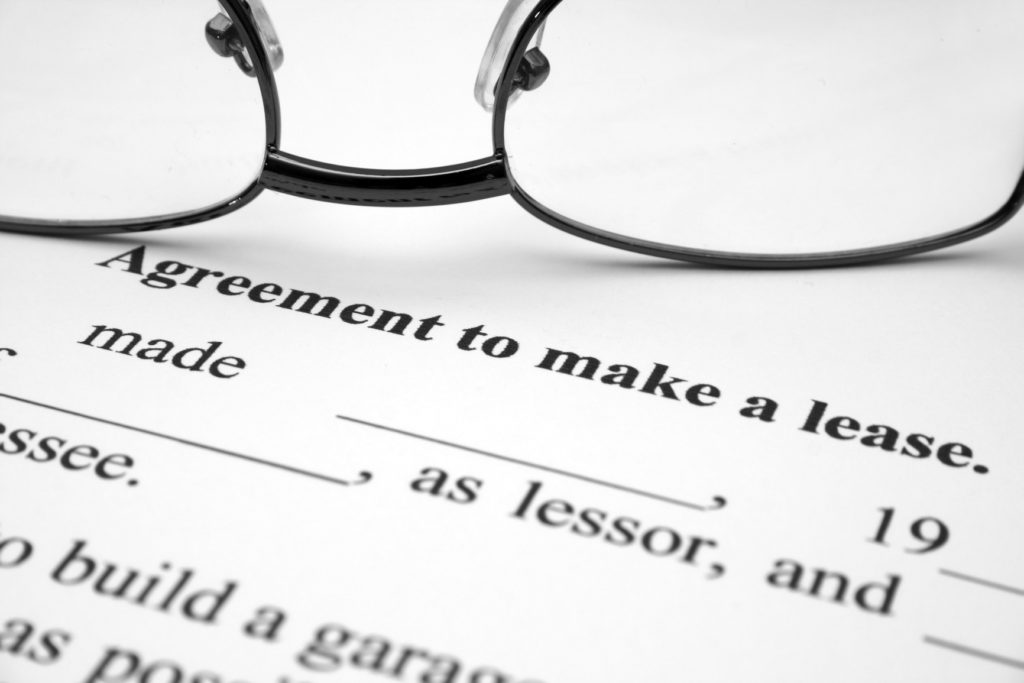Finding the right property can be exhausting, but the search is just the first step in the process. The next step is often the pivotal part of a deal: the lease. The nuances of a lease can be tricky, keep in mind Landlords handle them daily and Tenants rarely. It’s why it’s easy to overlook a section of a lease that doesn’t always work financially in the favor of the Tenant-the improvement allowance (TIA). In the last few years, tenant representatives have seen a large increase in the estimated amount. But Tenants’ wallets don’t have to take the brunt of the costs.
Know the TIA
Typically, the amount of money a Landlord offers for TIA is less than what it actually costs. If it’s decided that Landlords handles the TIA, they have little incentive to keep the costs down. What seemed like a reasonable offer can quickly dwindle. When looking at a space, you should know what your needs will be and what the building already offers. By evaluating before signing a lease, you’ll have a better gauge of what you need to negotiate.
Negotiate the TIA
The best way not to get stuck with the bill for Tenant Improvements is to negotiate. A good Tenant Representative comes to the table always ready to bargain. Like Landlords, a Tenant Broker has done similar deals and understands how to get the best results. One of the ways, Tenant Brokers work a deal is by looking at the terms and readjusting to suit both parties.
How to Use TIA
An agreement about the TIA has been made, but there’s still more bargaining. A Tenant Broker will be able to tell whether the work you need constitutes as capital improvements (meaning it will benefit future tenants) or if it’s work to meet your specific business requirements. Either way you’re still “paying” for it and you should have say in how it’s spent. You can bargain into your TIA clause ways of recouping or redistributing the allowance. Never let the TIA go back to the landlord. Tenant Improvement Allowances have spiked in the last few years from $25 sq/ft to $40-$50 sq/ft. Those costs are almost always figured into the rent you’ll pay, but there are ways to offset them. You just need to know what to look for.

